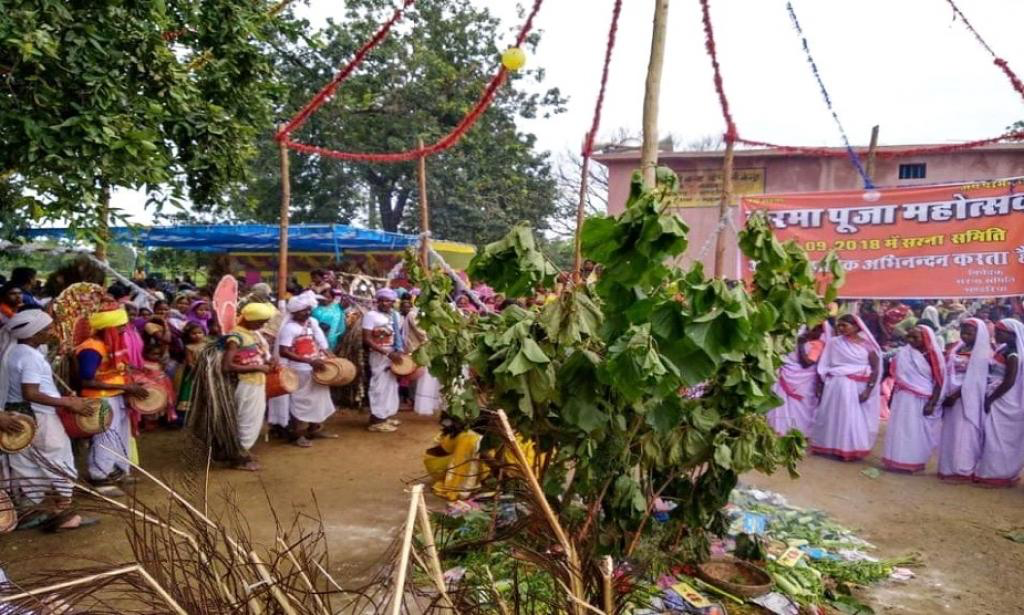Free Courses Sale ends Soon, Get It Now


Free Courses Sale ends Soon, Get It Now



Disclaimer: Copyright infringement not intended.
Context
The cultural significance of festival celebrations within indigenous tribal communities, focusing on two major festivals: the Sarhul Festival and the Karam Festival.
Details
Connection to Nature
Sarhul Festival
Karam Festival
Message of the Festivals
About World Tribal Day
Historical Background
Importance and Objectives
Themes and Focus
Activities and Celebrations
Awareness and Advocacy
Challenges Addressed
Education and Empowerment
International Solidarity
|
PRACTICE QUESTION Q) Examine how the observance of World Tribal Day contributes to raising awareness about the unique cultures, rights, and challenges faced by indigenous communities globally. (150 words) |
© 2024 iasgyan. All right reserved